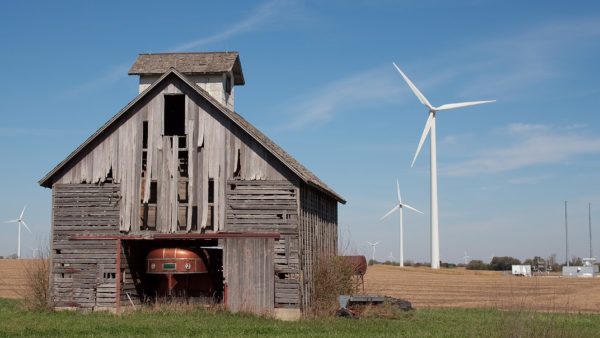Rolling down the road could get a lot easier – and greener – thanks to research on better asphalt mixes by a specialist at Danish consulting engineer, COWI.
The PhD candidate Huan Feng devised a mathematical model for assessing novel pavement types that cut a road’s rolling resistance, requiring less fuel to propel cars and trucks.
Results on a pilot project by the Danish road authority, Vejdirektoratet, indicate that fuel consumption on an optimised road – one that uses smaller stones in the asphalt mixture – can be reduced by up to 5% without undermining the road’s ability to grip.
COWI says the modelling breakthrough is better than time-consuming lab tests, and could cut CO2 emissions from the road transportation sector, which is responsible for 25% of energy consumption in Denmark. The engineer says that a third of that energy is actually used to overcome rolling resistance on roads.
"The project focuses on establishing a scientific background for novel pavement types and asset management solutions that minimise the rolling resistance for cars and trucks, and eventually attains the goal of reducing CO2 emissions from the transportation sector," said Huan Feng.
COWI argues that with the increasing demands for heavy loads, large traffic volume and new tendering schemes, pavement design is now moving towards more mechanistic methodologies to achieve longer-lasting and higher-performing pavements.
However, it will take further studies to determine fully on the viscoelastic behaviour of the asphalt when changing the mix design, Huan Feng points out.
"A road consists of many layers and we have only focused on the top three to four centimeters, which is the strongest and most expensive part and it is the top layer that decides how it feels to drive on the road. But when you change the mixture in the top layer it also has an impact on the lower layers, and this impact needs to be investigated as well before any final conclusions can be made," said Huan Feng.
Thomas Mejer, vice president at COWI Highways and Airports International, said the findings would be a step towards a more sustainable transportation sector worldwide.
"There is a great need for new infrastructure, not least in Africa where we have several projects," he said. "We are aiming at the most sustainable solutions and reducing COâ‚‚ emissions while maintaining high performance and durability are key components to achieve that."
Huan Feng’s model captures the viscoelastic properties of asphalt mixtures at real traffic loading frequencies, making it possible to assess the internal mechanical response of the material at meso-scale inside the flexible pavement structure.
It allows users to see the effect of variations in aggregate gradation, shape and air void content on a road’s viscoelastic behaviour.
Photograph: Trucks on Highway 2 in Alberta, Canada (D’Arcy Norman/Wikimedia Commons)
Comments
Comments are closed.











From observation of a road resurfaced by the highways / council nearby and within the past two years it is essential that academics realise that by using smaller stone in the road surface matrix they reduce the grip properties of the road. When winter arrives and temperatures drop the road ices up sooner and stays slippery for more days. Larger stones give better grip.